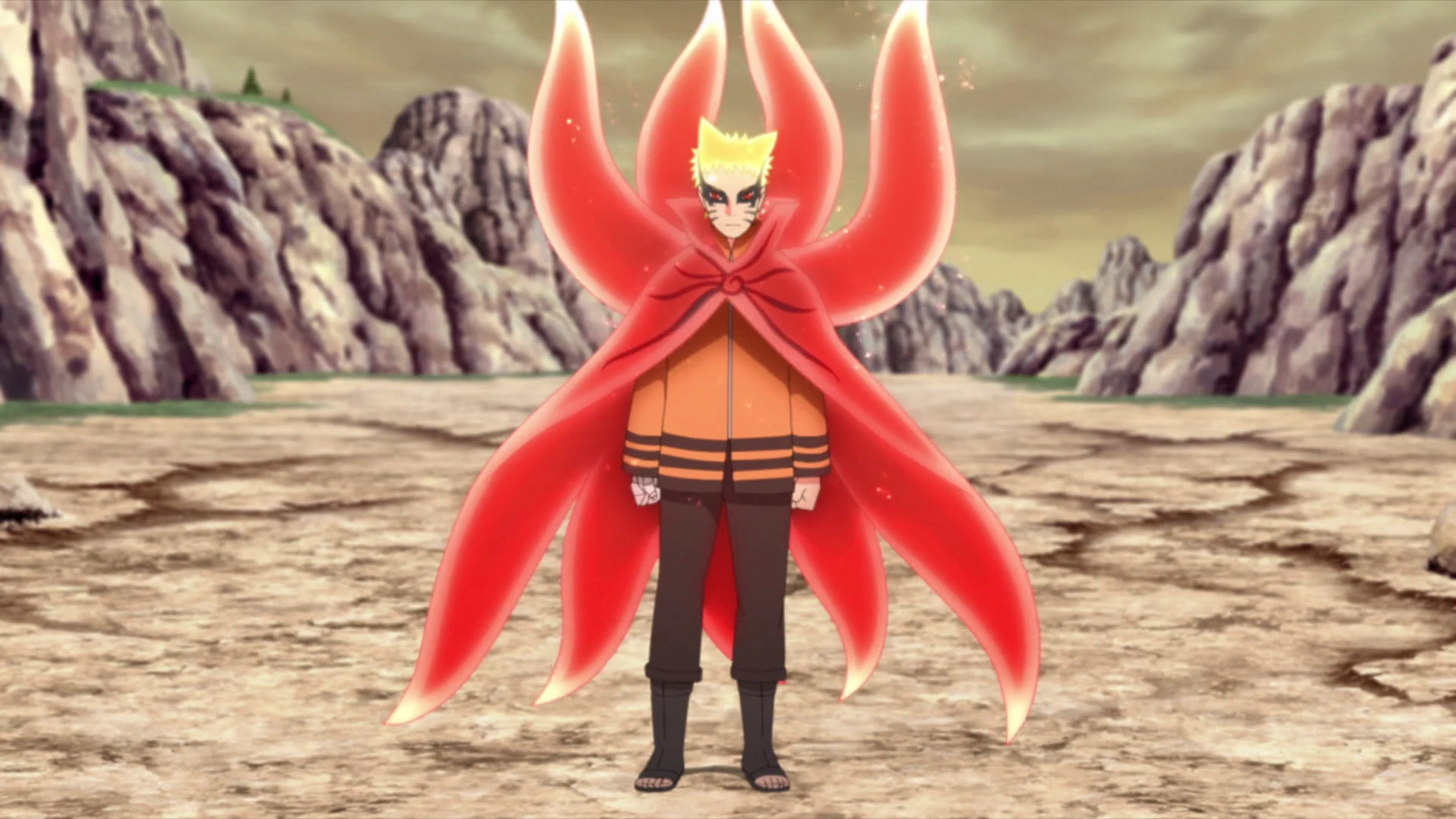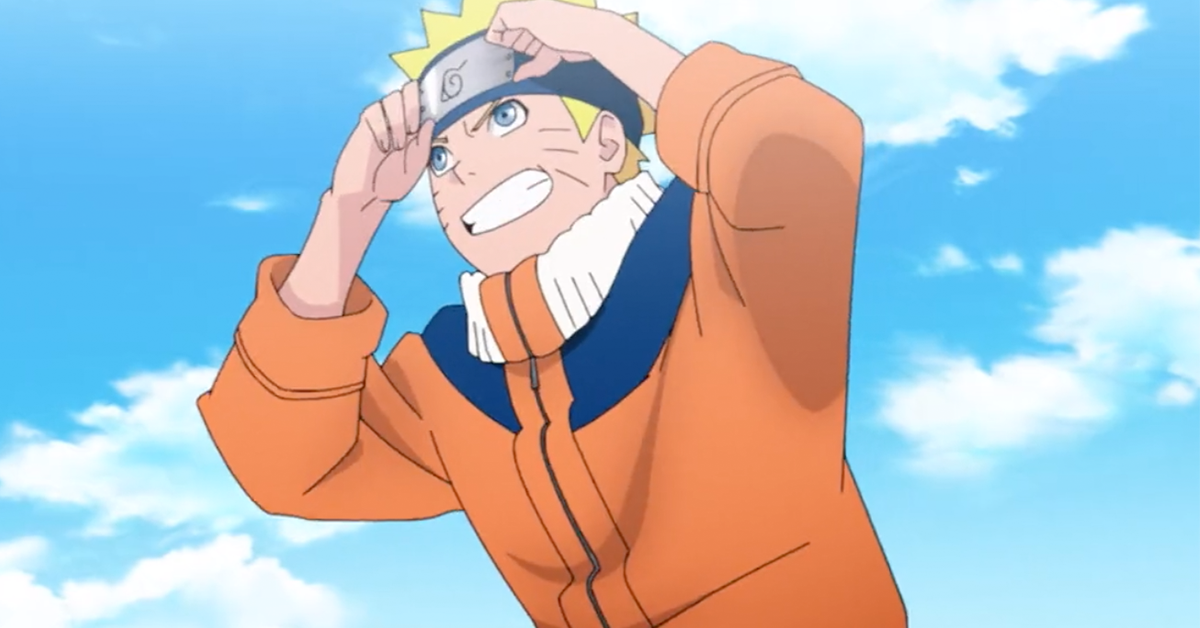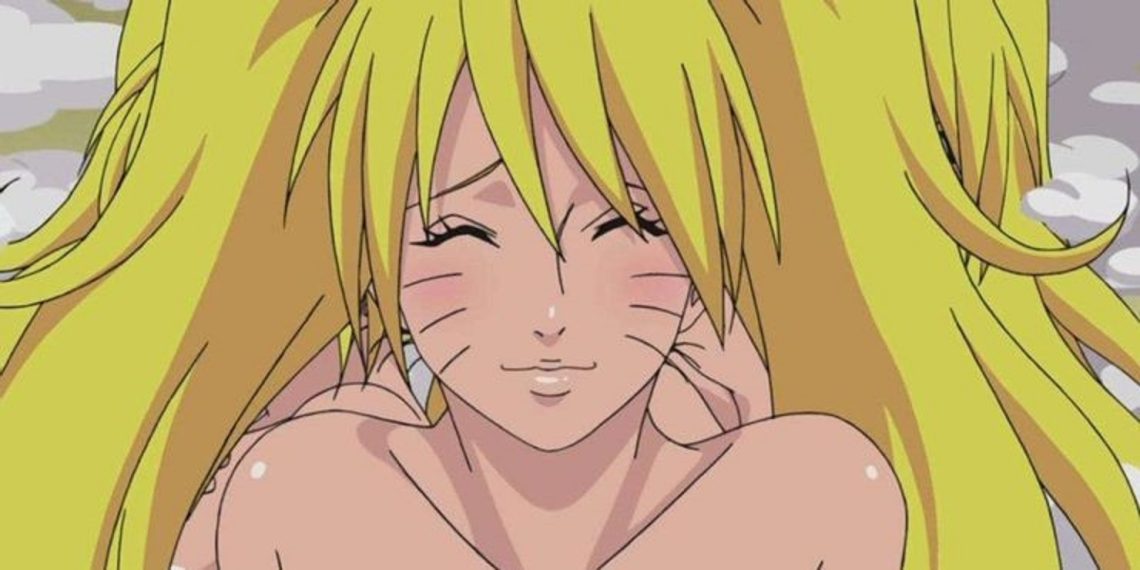The challenges that Naruto faced regarding censorship highlight an interesting dilemma in the globalization of anime. The desire to maintain the integrity of the original content while also making it palatable to a global audience can often pull creators in different directions.
Michikyuki Honma’s stance on not diluting the anime to fit certain international norms speaks to a broader debate within media production about cultural authenticity versus broad accessibility.
Pierrot Executive on Naruto’s Anime Censorship
Naruto, with its themes and sometimes controversial content like smoking, violence, and suggestive themes, provides a compelling case study.

It’s interesting to note how Studio Pierrot navigated these waters. By choosing to stay true to Masashi Kishimoto’s manga, they managed to not only preserve the story’s essence but also resonate with a diverse audience, turning the series into a global phenomenon.
This decision likely helped maintain the show’s passionate fan base, as altering key elements could have alienated viewers who were attached to the original manga’s portrayal.

This scenario also underlines the role of localization and how anime is adapted differently depending on cultural norms and censorship laws in various countries.
While some aspects of Naruto were censored in certain markets, these changes were often minimal and focused on making the series more suitable for younger audiences without significantly altering the core story.
The success of Naruto and its faithful adaptation demonstrates that global audiences often appreciate and resonate with authentic storytelling, even if it contains elements that are culturally specific or potentially controversial.

This suggests that the international success of an anime might hinge not just on how well it is sanitized for a global audience but on how well it communicates universal themes like friendship, rivalry, and growth within its cultural context.
For new fans interested in finding Naruto, streaming services like Hulu and Crunchyroll make the series accessible, while the Shonen Jump app provides access to the original manga.
This allows viewers to experience the story in whichever format they prefer, appreciating both the detailed artwork of the manga and the dynamic animation of the series.
Plus, the ongoing sequels, “Boruto: Naruto Next Generations” and “Boruto: Two Blue Vortex,” offer a continuation of the beloved world of Naruto, further expanding its rich narrative and character development for long-time fans and new viewers alike.





